
$5 million NSF grant supports innovative approach to prevent foodborne illnesses
Like a silent saboteur, foodborne pathogens can sneak up and ruin your next meal. One of the biggest culprits is salmonella, a type of bacteria found in many foods that causes more than 1.3 million cases of foodborne illnesses annually according to the Centers for Disease Control and Prevention. Despite nationwide efforts, salmonella’s infection rates have remained nearly unchanged for the past 30 years. Now, MU is part of an interdisciplinary effort determined to change that after recently receiving a three-year, $5 million grant from the National Science Foundation’s Convergence Accelerator program.
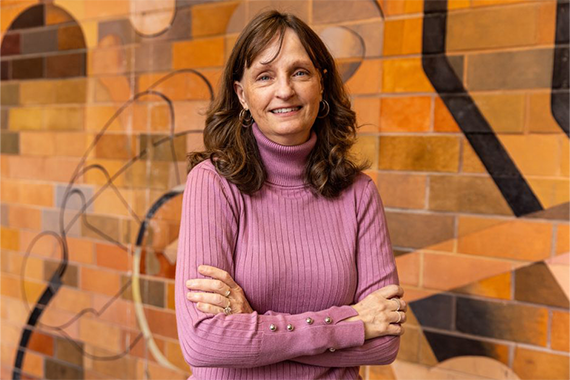
Mizzou establishes commercialization hub with NSF award, $5.5 million agreement
The National Science Foundation (NSF) has selected MU as one of 18 U.S. academic institutions to receive an Accelerating Research Translation award. This award will be used to set up a Technology, Entrepreneurship and Commercialization Hub, supported by a four-year, $5.5 million cooperative agreement with the NSF.
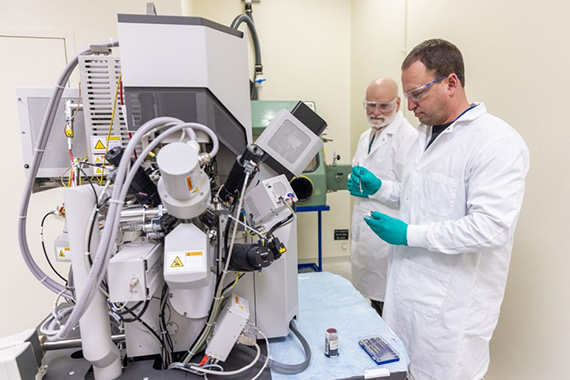
Sparking innovation for research
A scanning electron microscope at the University of Missouri Research Reactor will enhance the facility’s investigative capabilities for materials research and discoveries.
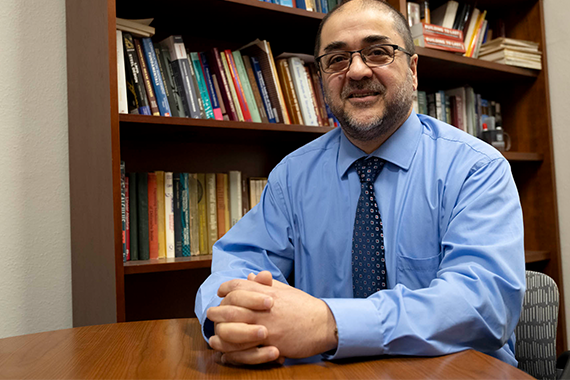
Salim outlines new way to predict laminated glass failure
A Mizzou Engineer has outlined an innovative new way to simulate and predict how laminated glass windows might fail during an explosion. Hani Salim, a professor of civil and environmental engineering, and his team have created a simulation approach that integrates detailed modeling with a relation considering both elasticity and damage.
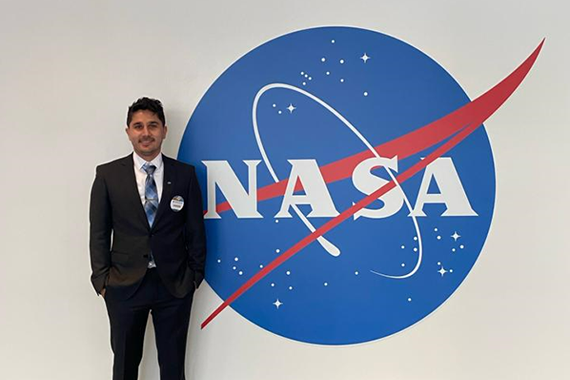
Through internship at NASA, Mizzou Engineer finds satellite imagery key to monitoring environmental changes
The ice that used to cover roughly 85% of Alaska is thawing, causing ground to collapse and putting communities at risk. Jaweed Nazary, a Ph.D. student in civil and environmental engineering, has found that satellite imagery is key to pinpointing exactly which locations are most susceptible to these changing conditions.
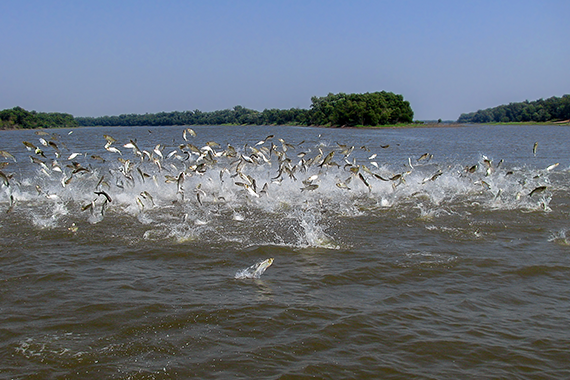
Missouri Water Center helps secure three USGS National Competitive Grants
With support from the Missouri Water Center, three Mizzou researchers have been awarded highly competitive grants through the U.S. Geological Survey’s (USGS) Water Resources Research Act Program. The National Competitive (104G) Grants aim to promote collaboration between USGS and university researchers on significant national and regional water issues.
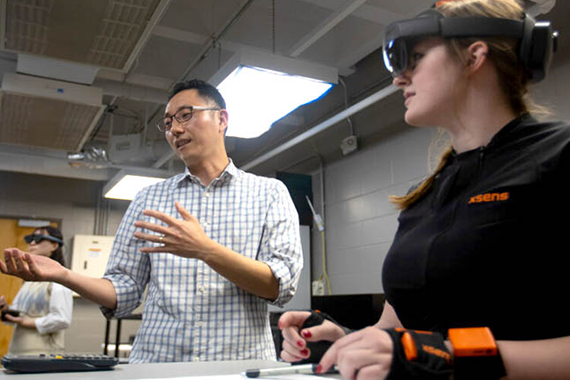
Study finds correlation between metacognition and effectiveness of virtual instructors in remote classes
Augmented and virtual reality are changing the way universities can offer remote and online courses. These technologies allow for course materials to be presented to students in a more engaging and interactive way. However, right now, there’s a disconnect between the “wow” factor and what students actually learn using these technologies.
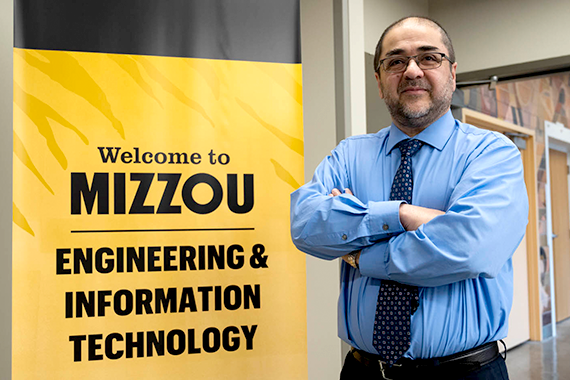
Salim named chair of Department of Engineering and Information Technology
Professor Hani Salim has been named chair of the Department of Engineering and Information Technology at Mizzou Engineering.
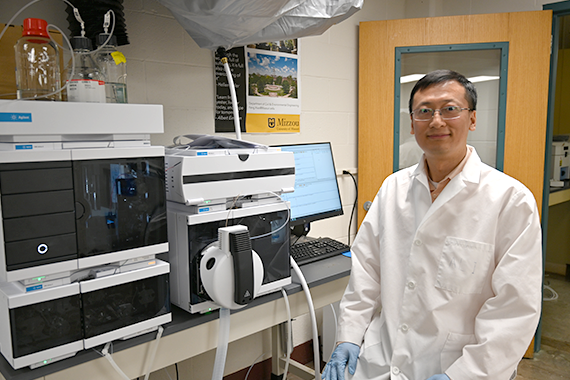
Engineering professor outlines challenges, strategies around ‘forever’ chemicals in Nature Water journal
Water treatment systems in the U.S. are more than a century old, allowing contaminants to pollute our drinking water and cause health problems. There are technologies that would help states and cities filter out these chemicals without having to replace entire treatment systems; however there’s no mandate for governments to install them. Short of that, there are non-technical solutions that could help reduce pollution levels. Civil and Environmental Engineering Associate Professor Feng “Frank” Xiao outlined these challenges and strategies in a paper published in a Nature journal, Nature Water. Xiao is specifically looking at ways to treat per- and polyfluoroalkyl substances (PFAS), or 'forever' chemicals, which are found in household and industrial products. These chemicals are ending up in our water and causing various medical conditions.

Korkali solving challenges around power grids as energy demands rise
From electric vehicles to electric heat pumps, Americans are plugging in more than ever. While that’s reducing emissions, it’s also creating increased demand on power grids — which are already more susceptible to blackouts as extreme weather becomes the norm. That’s where Mert Korkali comes in. Korkali is an assistant professor in electrical engineering and computer science, and he studies sophisticated approaches to upgrading and securing power grids.